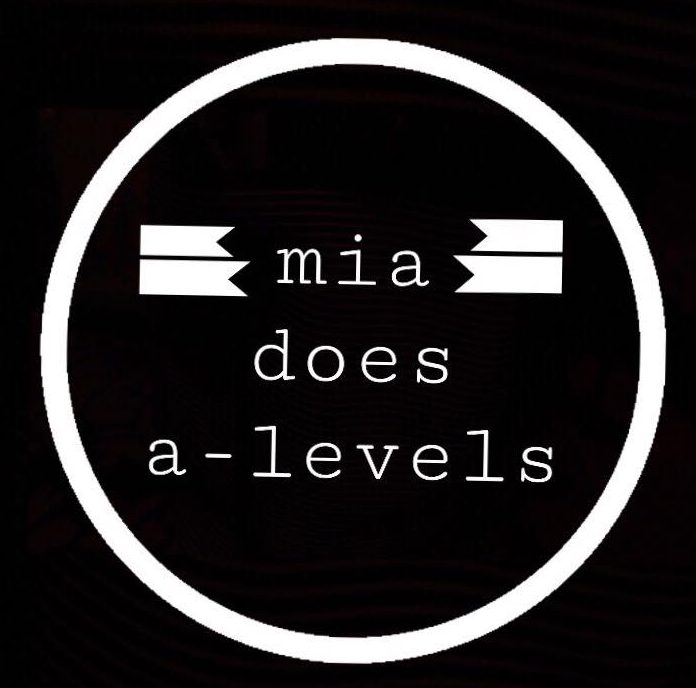Enzymes are protein molecules that are described as biological catalysts. A catalyst is a molecule which speeds up a chemical reaction but remains unchanged at the end of it. Every metabolic reaction that takes place within a living organism is catalysed by an enzyme and therefore they are essential for life to exist. Enzyme names… Continue reading Enzymes
cell membranes and transport
All living cells are surrounded by a very thin membrane - cell surface membrane. controls exchange of material such as nutrients and waste product between cell and environment. regulates transport across membranes of organelles enables cells to receive hormone messages Phospholipid - a lipid containing a phosphate group in its molecule. Phospholipids - little… Continue reading cell membranes and transport
Biological Molecules
Metabolism - some of the total metabolic reactions in the body. Organic molecule - a compound containing carbon and hydrogen Macromolecules, giant molecule: polysaccharides, proteins (polypeptide) and nucleic acids (polynucleotides) Molecules are polymers, made up of many repeating subunits monomers Monosaccharides =) polysaccharides Amino acids =) proteins nucleotides + organic bases =) nucleic acids Fatty… Continue reading Biological Molecules
Health Promotion
DEFINITION Health promotion is the term used to describe the attempts of persuading people to adapt their behaviors in order to assure adequate mental and physical health. Health promotion is necessary as preventing and avoiding diseases, ill health and injuries are more effective for a healthy life than 'secondary care' which involves treating them. STRATEGIES… Continue reading Health Promotion
Stress
Stress - a state of physiological or psychological strain caused by adverse stimuli that tend to disturb the functioning of an organism. Stress can be triggered by anxiety levels and physical response to thought processes. The response to an event which was not anticipated is described as 'fight or flight'. These are the body's way of dealing… Continue reading Stress
schizophrenic and psychotic disorders
Psychotic disorders - disorders in which the individual loses contact with reality and perceives the world in a different way than the others. Schizophrenia is a severe psychotic disorder affecting the thinking, emotions, and actions of a person. CHARACTERISTICS DSM-5 states that schizophrenic spectrum and psychotic disorders are characterized by one or more of the… Continue reading schizophrenic and psychotic disorders
SAAVEDRA and SILVERMAN (2002)
AIM: To examine classical conditioning in regards to fear and stimulus avoidance. To find weather exposure therapy would reduce disgust and avoidance towards buttons in the case of a boy with button phobia. BACKGROUND: Evaluative learning is a form of classical conditioning where a neutral stimulus becomes negative as the product of complex thought processes and… Continue reading SAAVEDRA and SILVERMAN (2002)
adherence to medical advice
adherence - the extent to which the patient follows the advice provided by the practitioner matches the prescribed treatment and medication programme. Measuring adherence is crucial for the development and improvement of the treatment decision. Chronic (persistent) diseases require adherence of the patient to the prescribed medication, otherwise, the management of the disease will not… Continue reading adherence to medical advice
patient-practitioner relationship
INTERPERSONAL SKILLS - the abilities one possesses that enables to communicate effectively with others NON-VERBAL COMMUNICATION - McKinstry and Wang (1991) Aim: Investigated the clothing of doctors as a form of non-verbal communication. Sample: 475 individuals participated, who were seeing 30 doctors working in 5 general medical centers in one area of Scotland. Procedure: They were shown 8… Continue reading patient-practitioner relationship
OCD and related disorders
DEFINITION Obsessive-compulsive disorders (OCD) are mental disorder characterized by unwanted obsessions and/or compulsions. Obsessions can and repeated thoughts, feelings, ideas, sensations, and compulsions might list behaviors that drive them to perform something repeatedly. Often the person uses the behaviors to get temporarily free themselves from of the obsessive thoughts. CHARACTERISTICS A person suffering from OCD… Continue reading OCD and related disorders
